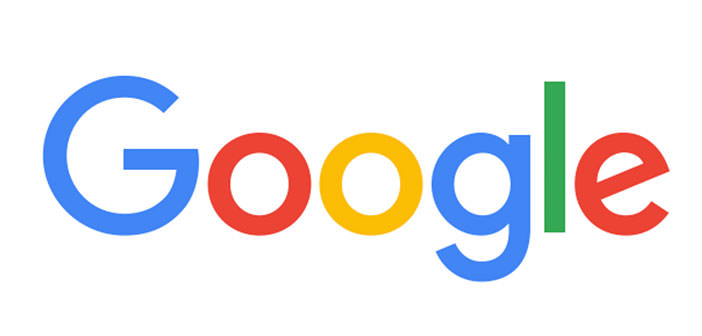Google Announces the Integration of Physical in the Chrome Web browser for Android. The Big G” physical web ” allows your smartphone to interact with appropriately equipped items and environment’s Beacon Bluetooh, making it less necessary to use specific apps.
The project open-source Physical Web, announced by Google in late 2014, has been structured to allow more immediate interaction between smartphones and smart devices intended to be becoming more common in the emerging market of the Internet of Things. The basic idea is to reduce the number of apps dedicated to the management of smart devices, using a URL sent via beacon Eddystone smartphone. In this way, it is simple to control operations of the device directly from the browser can run. Another usage scenario is what allows you in a contextual view information about the places visited, are also ” made smart ” by the presence of the beacon.
In concrete terms, if the Physical Web model were to be adopted on a large scale, you could get close to objects such as a parking meter, a car of a car-sharing service, a bus, respectively, having the option to set the duration of the standstill, book and access to the car or know the next stop, all without resort to any specific app, simply by operating a browser.
Google actively kicked off the Physical Web tests during 2015 initially using Chrome for iOS and announced in recent hours the extent of support to the Chrome browser to Android, starting with version 49 beta. In substantive terms, after crossing for the first time and the beacon enabled Physical Web through a special notification, users can view the list of URLs, leading to smart objects or contextual information, and start the consultation activities or of interaction.

Google’s ” Physical Web ” has already been used in several projects, which demonstrate the potential. For example, that produced by the Mozilla team has leveraged Physical Web to detect and control a drone through a browser, use in schools, on the occasion of the exhibitions like CES, or to bring to the attention of users the content more quickly.
For the success of the project, it is of course required the cooperation of developers who can configure a beacon Eddystone supported to send a specific URL through appropriate tools. Equally crucial is the spread of the beacon in public places – at the time, the opportunity to meet one of the beacons is certainly high in the market.

